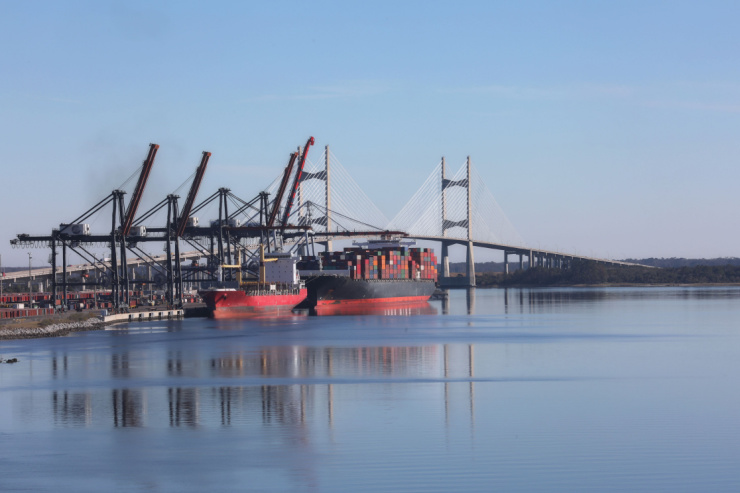
The world’s logistics industry is looking to build facilities and infrastructure in Asia outside of China as manufacturers look to diversify their supply chains away from the country. Oliver Telling and Chan Ho-him report in the Financial Times:
The world’s largest shipping and logistics groups are locked in an increasingly intense rush to buy facilities in Asia in a bid to help their customers expand supply chains beyond China.
Competition for assets has been fuelled by cash reserves that freight groups worldwide built up when disruption and increased ecommerce spending boosted demand for logistics services during the Covid-19 pandemic.
Businesses including German container carrier Hapag-Lloyd and Denmark-based AP Møller-Maersk have invested in ports, warehouses and other logistics infrastructure. The facilities support the increasingly complex supply chains developing between countries including Vietnam, India and Malaysia.
Dheeraj Bhatia, who oversees Hapag-Lloyd’s business in India, said competition to invest in these markets was increasing as they attract more of the offshore manufacturing that previously focused on China.
“The whole world sees India and south-east Asia as the next natural option to offshore,” Bhatia said. “Middle Eastern, Chinese, European . . . companies from all sides will try to invest into these markets.”
Executives said they were responding to western multinationals’ desire to reduce their reliance on China and establish back-up production lines. The trend was inspired by geopolitical rifts and disruptions during the pandemic.
But the executives warned that alternative manufacturing hubs across south and south-east Asia needed substantial investments.
Hapag-Lloyd, which enjoyed a 40-fold earnings increase between 2019 and 2022, announced in April that it had acquired a 40 per cent stake in Indian port operator JM Baxi. Bhatia said the group was considering further investments in Indian ports and rail infrastructure.
“The port infrastructure on the west coast especially is reaching its limits,” Bhatia said.
Meanwhile, Maersk last year completed a $3.6bn acquisition of Hong Kong-based LF Logistics and its 198 warehouses across Asia. The Danish group also this year set out plans to develop two new berths at Vietnam’s Lach Huyen port along with the local Hateco group.
Anne-Sophie Zerlang Karlsen, Maersk’s head of customer delivery in the Asia Pacific, stressed the importance of expanding and investing across south-east Asia as intraregional trade continues to rise. It was “very viable” the region would experience “very rapid and high growth” for a number of years, she said.
China continues to enjoy a substantial lead in the capacity of its freight infrastructure. Research group Drewry found earlier this year that China had 76 container terminals able to support large ships carrying more than 14,000 20-foot containers, the size most often used on trade routes between Asia and both Europe and North America. South and south-east Asian countries had just 31 between them.
Drewry researchers nevertheless expect the container capacity of south Asian ports to increase 31 per cent in the five years to 2027, compared with 14 per cent for ports globally.
Read more here.



